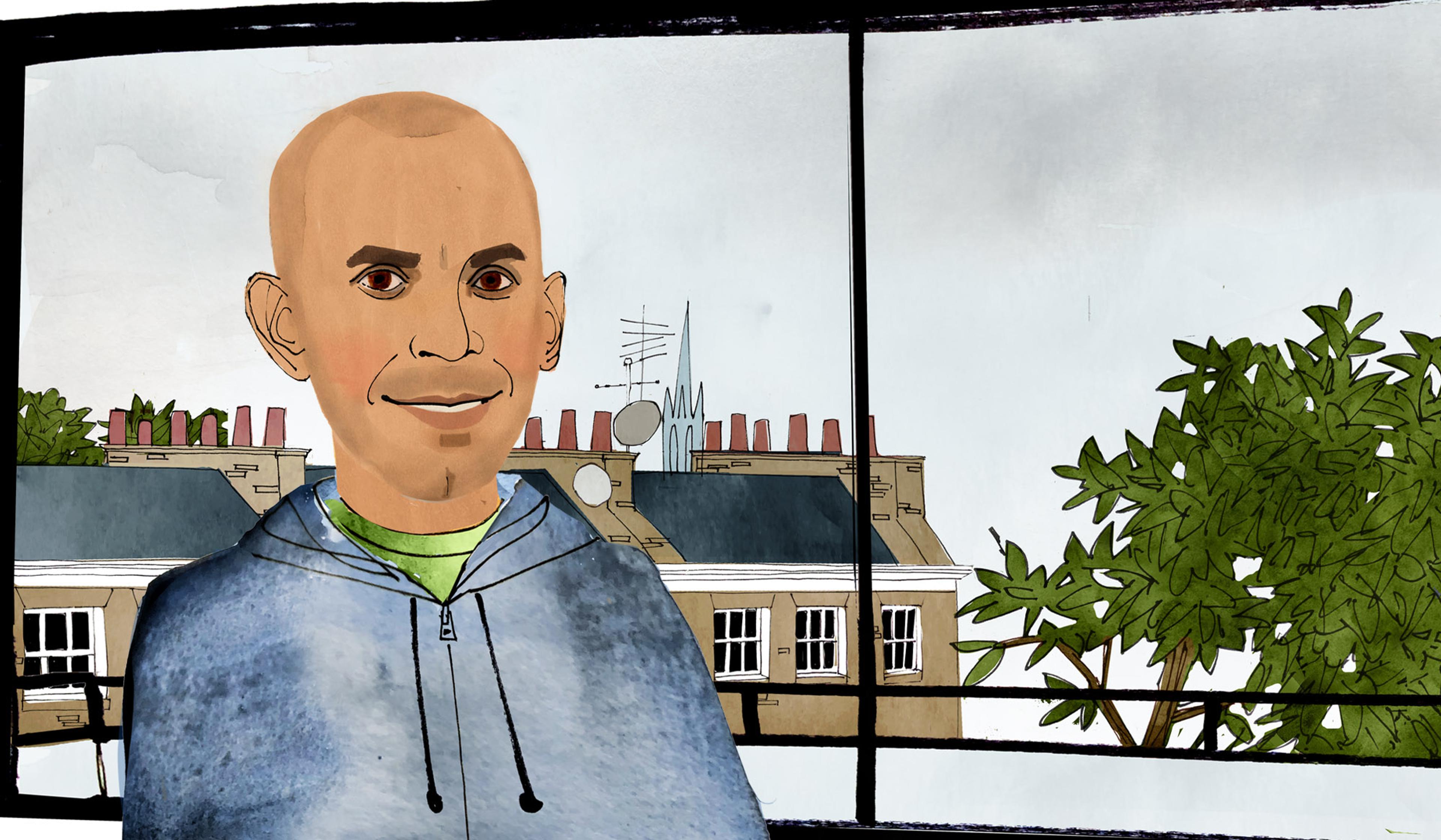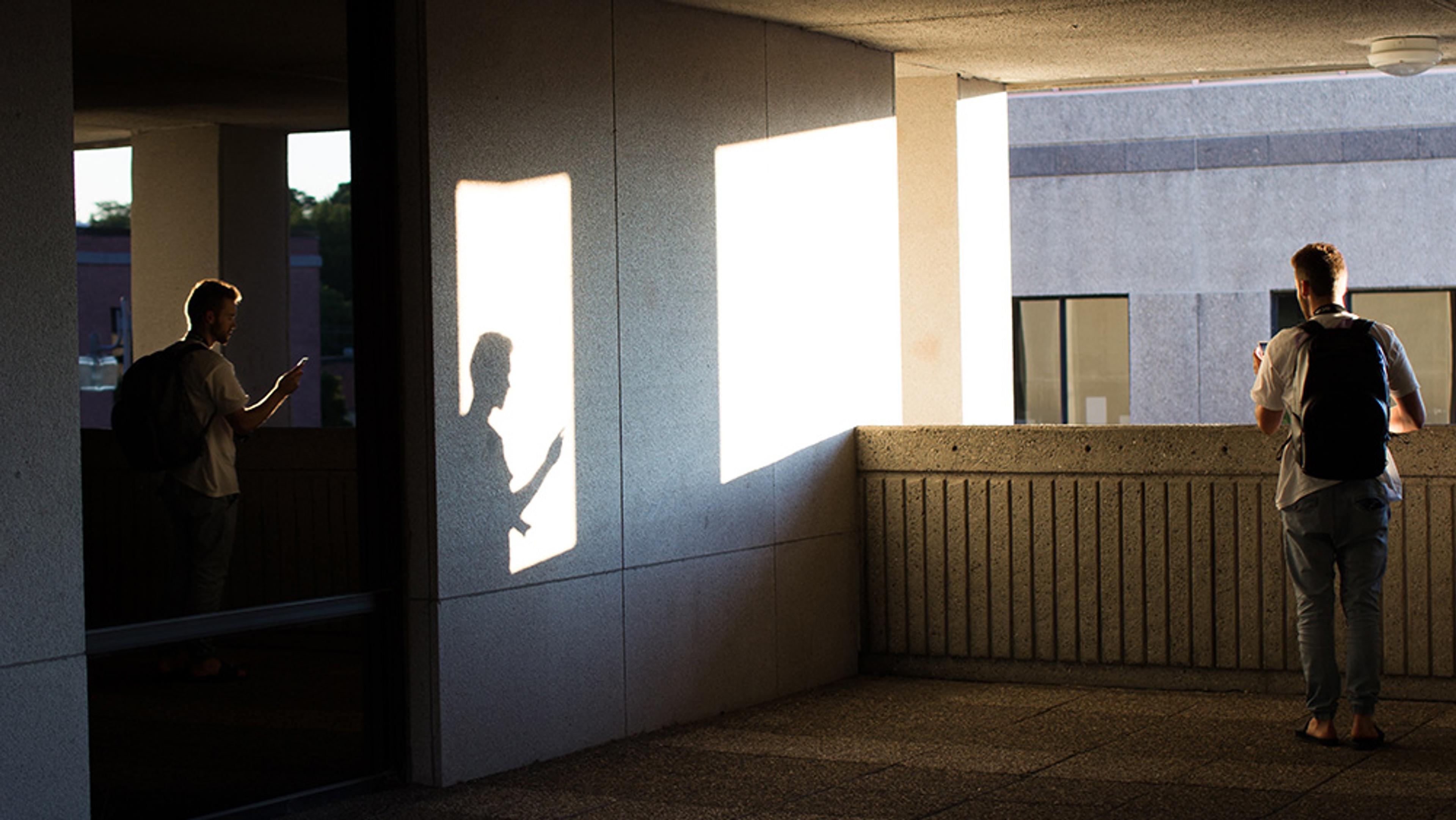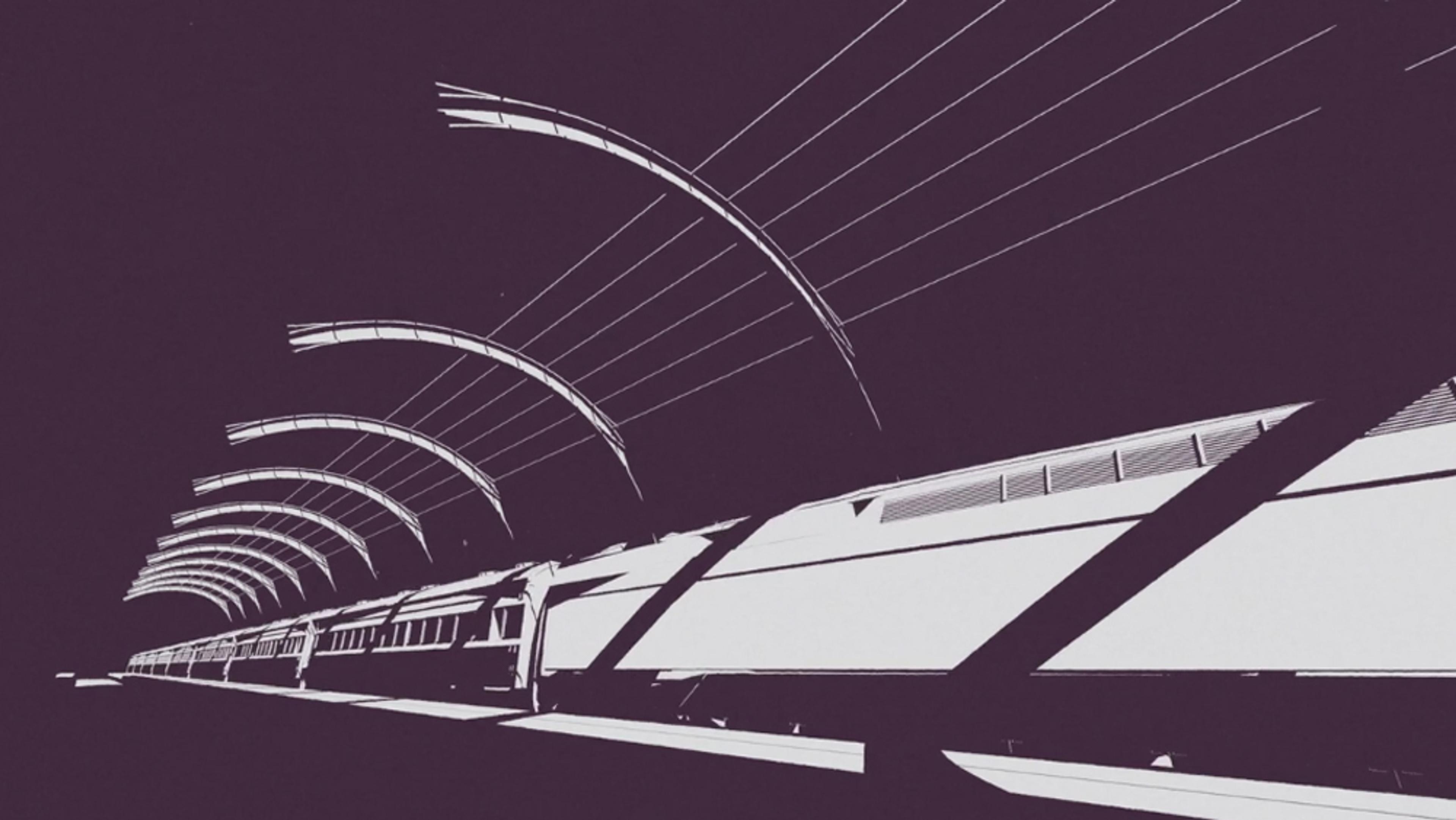While it might seem like your sensory experience is capturing the outside world as it truly is, science tells a very different story – that you’re taking in only a small, subjective slice. To better understand this truth, we can look to the creatures around us, including the ones you’re maybe keeping as companions. Working from ideas discussed in his book An Immense World: A Journey Through the Animal Kingdom’s Extraordinary Senses (2022), in this lecture at the Royal Institution in London, the Pulitzer Prize-winning science writer Ed Yong guides viewers through the vast and eclectic sensory experiences of animals. Exploring the concept of umwelt – or ‘the sensory bubble that each species exists in’ – Yong takes the audience through everything from the smell and sight experience of dogs, to the electrically powered navigation abilities of the black ghost knifefish.
Credit: Tibor Nagy
To understand the limits of human senses, look to the wild world of animal cognition
Video by The Royal Institution

videoNeuroscience
Aristotle was wrong and so are we: there are far more than five senses
6 minutes

videoNeuroscience
Dog vision is a trendy topic, but what can we really know about how they see?
11 minutes

videoPhilosophy of mind
Anil Seth on why our senses are fine-tuned for utility, not for ‘reality’
10 minutes

videoCognition and intelligence
Can you season seafood with ocean sounds? One of the many ways senses interact
5 minutes

videoConsciousness and altered states
It’s impossible to see the world as it is, argues a cognitive neuroscientist
40 minutes

videoBiology
What can pairing fast-blooming flowers with crawling insects reveal about cognition?
3 minutes

videoKnowledge
Can you know everything about colour if you see in black and white? A thought experiment
5 minutes

videoNeuroscience
How perception leaves the door open for augmented reality to transform our world
4 minutes

videoCognition and intelligence
How a ‘periodic table’ of animal intelligence could help to root out human bias
5 minutes